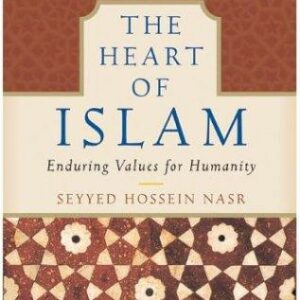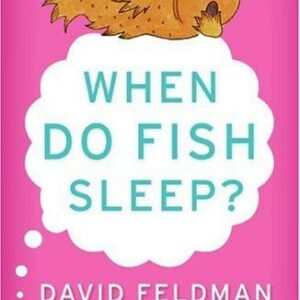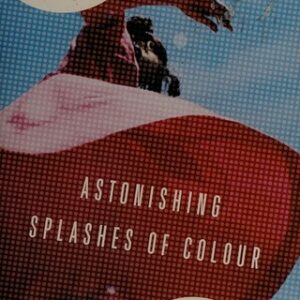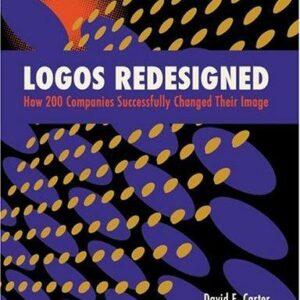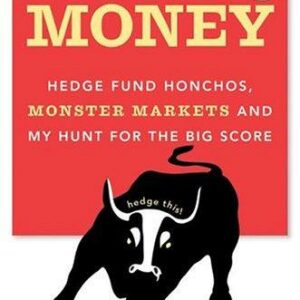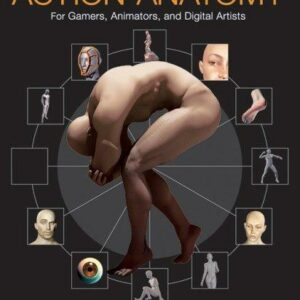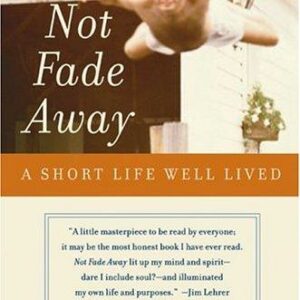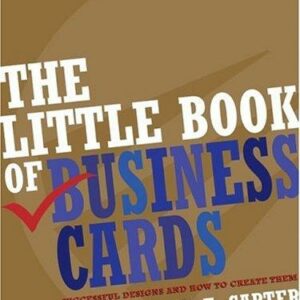Subtotal: $24.95
You Are an Artist
$26.00
| Title | Range | Discount |
|---|---|---|
| Trade Discount | 5 + | 25% |
- Description
- Additional information
Description
Description
“There are more than 50 creative prompts for the artist (or artist at heart) to explore. Take the title of this book as affirmation, and get started.” —Fast Company
More than 50 assignments, ideas, and prompts to expand your world and help you make outstanding new things to put into it
Curator Sarah Urist Green left her office in the basement of an art museum to travel and visit a diverse range of artists, asking them to share prompts that relate to their own ways of working. The result is You Are an Artist, a journey of creation through which you’ll invent imaginary friends, sort books, declare a cause, construct a landscape, find your band, and become someone else (or at least try). Your challenge is to filter these assignments through the lens of your own experience and make art that reflects the world as you see it.
You don’t have to know how to draw well, stretch a canvas, or mix a paint color that perfectly matches that of a mountain stream. This book is for anyone who wants to make art, regardless of experience level. The only materials you’ll need are what you already have on hand or can source for free. Full of insights, techniques, and inspiration from art history, this book opens up the processes and practices of artists and proves that you, too, have what it takes to call yourself one.
You Are an Artist brings together more than 50 assignments gathered from some of the most innovative creators working today, including Sonya Clark, Michelle Grabner, The Guerrilla Girls, Fritz Haeg, Pablo Helguera, Nina Katchadourian, Toyin Ojih Odutola, J. Morgan Puett, Dread Scott, Alec Soth, Gillian Wearing, and many others.Praise for You Are an Artist
“In her new book, You Are An Artist, [Green] hopes to take the elements of fear and decision-making out of art-making. . . . The projects, thankfully, can be done in isolation and shared virtually.”
—NPR.org
“There are more than 50 creative prompts for the artist (or artist at heart) to explore. Take the title of this book as affirmation, and get started.”
—Fast CompanySarah Urist Green is the creator, curator, and host of The Art Assignment, an educational video series produced in partnership with PBS Digital Studios that focuses on the creative process and the act of making. She is also the former curator of contemporary art at the Indianapolis Museum of Art. She holds a master of arts in modern art history from Columbia University and a bachelor of arts from Northwestern University. She lives in Indianapolis with her husband, the author John Green, and their two children.INTRODUCTION
When I was a kid growing up in Birmingham, Alabama, I took an art class taught by Lonnie Holley. At the time, he went by the name “the Sandman,” after the sandstone-like material that inspired his first artworks and into which he carved faces, figures, and forms. Holley was like no one I’d ever met. Warm, wise, wildly imaginative, rings on nearly all of his fingers, and driven to make in a way I’d never witnessed before. Best of all, he took us young people seriously.
Holley presented us each with a block of sandstone and challenged us to carve something from it. We knew what his work looked like and not much else, but we set about our task with gusto, filing away our blocks until we were happy enough with what we made. The idea was not for us all to become artists like Holley, or to make sculptures that looked just like his. It was to try on a way of working for a while, to gain a momentary glimpse into the materials and ideas that inspire him to make art.
I haven’t carved sandstone since, but the experience stayed with me. Holley expanded my world. He showed us his singular way of looking at our shared surroundings and finding potential in the most humble bits of material. This was the first of what would be many interactions with artists in my life, each of whom showed me there were vastly different ways of perceiving the world and manipulating the physical stuff around us. As I went on to make my own art and hack a path toward a career in art history and curating, I treasured each moment when an artist shared their time and perspective.
It didn’t take long to see that not everyone felt this way. “Artsy,” I learned, was a dismissive term. Found-object sculptures like the ones Holley made were “junk.” People who tried to sell these things were “scam artists.” If the art was minimal or abstract, well then, “I could do that.” This world of people and things that was so precious to me, was “pretentious” to many others. But I understood why they felt that way. By the time I became a curator in an art museum, I’d seen plenty of the money-fueled art world that gives all art a bad rap. I wanted to do what I could to bridge what seemed like an enormous divide between the art world I knew and the one most people encounter when they visit a museum or gallery. Writing wall labels and organizing exhibitions from within those museums and galleries wasn’t cutting it.
I want everyone else to feel they way I do when standing in an art gallery surrounded by works I’ve seen in process in a studio, made by an artist I’ve eaten pierogies with. It’s not that the art can’t stand on its own; it’s that after making art and meeting a lot of artists, I don’t tend to think of art as hallowed artifacts belonging to a different realm. Artworks can be transporting and transformative, but they are made by people. The people who make art are not fundamentally different from any other humans. My exposure to artists and art-making helped make art relatable for me, and has also deeply enriched my experiences with art. Throughout my professional life, I’ve wondered: How could I bring some of that to people who didn’t luck into a childhood art class with Lonnie Holley?
That’s where these assignments come in. I left my office in the basement of an art museum to travel around the country, visit a wide range of artists at various stages of their careers, and ask them to give you an assignment. They have offered prompts that relate in some way to their own ways of working. It might be an activity they’ve tried and liked in the past, or an idea they are in the process of working through. It may be a technique they use on a daily basis, or something they’ve never tried but always wanted to. Following their lead, you’ll invent imaginary friends, collaborate with people you’ve never met, and become someone else (or at least try). You’ll construct a landscape. You’ll declare a cause. You’ll find your band.
In all cases, these assignments were made with you in mind. You don’t have to know how to draw well, stretch a canvas, or mix a paint color that perfectly matches that of a mountain stream. This book is designed for artists at every stage, from seasoned makers to those for whom the act of picking up a pencil causes anxiety. It is also made for those who may spend a fair bit of time on the internet, creating and consuming a not-insignificant amount of media through screens. Making art and being a member of technological life are not mutually exclusive endeavors. As you explore these assignments, I encourage you to use the tools available to you in a way that feels natural, shifting between making things with your hands and using technology to inform, instruct, and circulate your work.
You will find that many of these assignments were made with the hope that you might share your work in real life or online, putting it out into the physical world, or allowing the social internet to be your art venue, community, and support system, all in one. If you don’t feel comfortable sharing your work, that’s perfectly fine. Sometimes you are your own best audience. But if you’re so inclined, I invite you to share your responses to these assignments on your social media platform of choice, tagging your post with #theartassignment. By following the hashtag, you can share your work with me, find and enjoy the art that others make, and participate in the building of a new, more democratic art world of our own making.
There are no deadlines for these assignments—unless you’d like to give one to yourself, or a teacher has assigned you one of the activities in this book. (If so, stick to it! Deadlines can be the best motivators.) Regardless, keep in mind that you may experience a period of uncertainty between reading an assignment and formulating a response. Initially, you may feel uninspired, only to see an amazing reflection in your phone screen and jump at the opportunity to capture it (see OFF). Or you might be moving to a new place, and the process of figuring out where to set up your workspace becomes an artwork in itself (see Conjure a Studio). You might be visiting your aunt and decide to mine her collection of vintage cookbooks (see Sorted Books). Perhaps you need to entertain a child (see Paper Weavings), or figure out a way to see your friend who lives far away (see Meet in the Middle).
The point is, these assignments can be part of the normal course of your life. They aren’t meant to function in a sheltered world apart, where time, responsibilities, and budgets don’t exist. I encourage you to follow these instructions, but also deviate, adapt, and make them work for you. This book contains many voices, but the one you’re seeking is your own. Supremely talented artists are sharing their insights and approaches with you, but your challenge is to filter the assignments through the lens of your own experience, and make something that reflects the way you see the world.
Art assignments are not a novel concept. They are an integral part of early childhood education in many parts of the world, and are often the way we first learn about color, pattern, math, science, feelings, and how to be a communicative being in the world. Instructions and assignments have played a significant role in art history since the 1950s. Yoko Ono’s 1964 book Grapefruit offers up a panoply of instructions, including “Listen to the sound of the earth turning” and “Stand in the evening light until you become transparent or until you fall asleep.” Throughout the book, you’ll find references to artists from the past who have done something similar in nature to the activities at hand. Think of these as friends or spirit guides from different generations and moments in history. These artists were, like you, individuals who looked at the world they faced, used the materials and tools they had, and tried to make something that reflects consciousness as they experienced it.
Today, Lonnie Holley is widely recognized not only for his visual art but for his innovative work in experimental music, which he travels around the world to perform. He has also given me another assignment, one that I’m sharing with you, which you’ll find at the end of this book. What Holley gave me as a kid, and what he’s giving us now, is the permission to make. He’s giving us a slight prod to look around, realize the resources we already have, and make something from them, for our own sake and for others.
My hope is that you’ll come to see art as something made by human beings, and that you, being human, can make it, too. Thankfully, art isn’t like the other disciplines. There is no set of knowledge or list of techniques that one can master to become an artist. It’s a state of mind, and it’s a decision.
Say it with me: I am an artist.
I don’t need art supplies, lots of cash, a mind other than the one I currently have, skills other than those I currently have, or a network of influential contacts. I can experience the world thoughtfully and make things to put into it. I am an artist.
You don’t need anything other than a will to make, and—perhaps—a prompt. Here are a few to get you going.CN
Additional information
Additional information
| Weight | 22.8 oz |
|---|---|
| Dimensions | 0.8600 × 7.5400 × 9.3800 in |
| Imprint | |
| Format | |
| ISBN-13 | |
| Author | |
| Audience | |
| BISAC | |
| Subjects | john green, art books for kids, graphic design, drawing books, artist book, artist gifts, activity book, how to draw books, drawing prompts, self help books for women, inspirational books, wedding gift ideas, inspirational gifts, art books for teens, wedding gift, artists way book, craft books, wedding gifts, hank green, art history, self help, creativity, artist, art, drawing, activities, self help books, Arts and Crafts, ART028000, ART023000, art book, modern art, crafting, journaling, gifts for artists, art gifts, art books for artists, Art books |



